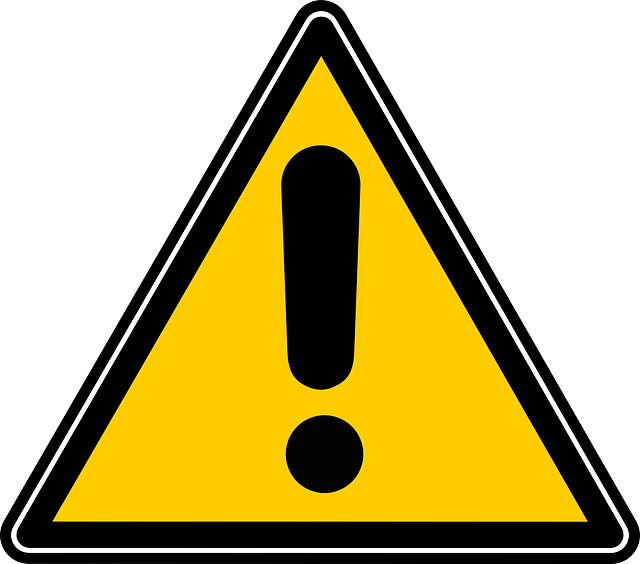Poorly designed pneumatic automation systems can be dangerous. Backfires, free hoses, accidental starts, ‘whipping’, and sudden part ejections all risk irreversibly damaging valuable machinery and posing a safety risk to operators.
With some heavy machinery applications now operating unwatched with no human operators actively correcting critical errors, it’s crucial to ensure that your loop can make any course corrections unaided via sensors and components.
Conduct A Risk Assessment
The first step in improving safety is to assess what could feasibly go wrong with the machinery you’re looking to automate. Conduct a comprehensive survey of the workshop and machinery and draw up an inventory of dangerous points. Once you’ve put together a list, you can prioritise where to place any new guard equipment, automatic sensors, and automated emergency stop apparatus. Questions to ask include:
- Where are the weakest (or most mechanically complex) sections on the loop?
- Where are the most potentially damaging items to fail, such as loose hoses or vents?
- Where do people risk coming into contact with running or idle pneumatics?
- Are there any secondary factors that may affect safety (e.g. water, heat, dust)?
- How wide-ranging and detailed is the factory’s diagnostic sensor grid?
- Are there any Common Cause Failures (CCF) (i.e. disasters) that could happen?
- Where (if any) are the escape routes and emergency shutdown switches?
- Is there anything too dangerous to leave running unsupervised?
If you need a quick guide, the EU’s Directive 2006/42/EC document (still widely used by UK businesses despite Brexit) sets out everything you need to assess and mitigate the inherent risks of mechanised industrial pneumatics.
Calculate Mean Time To Failure (MTTF)
On a long enough timescale, all pneumatic components eventually fail. However, select types tend to malfunction and break faster than others. You can use an actuarial estimate table to calculate the system components with the lowest Mean Time To Failure (MTTF) estimate.
MTTF ranking helps you prioritise risk. Parts with a lower average time until malfunction should be your top priority for sensor monitoring and safety valve mounting. Place them at the front of the queue for routine maintenance checks too.
Build Pneumatic-Sensor Local Safety Control Loops
If the power supply to a rogue part rapidly cuts out, depressurisation quickly stops any loose force, vibration, and movement. You can set your alarm sensors to shut off the central compressor or power in an emergency. However, a more intelligent way to manage emergency shutdowns is to install solenoid (electromagnetic motion) valves at crucial points in the loop.
Electromechanical solenoids activate immediately upon receiving an analogue electrical signal, isolating individual chambers and sections by jamming or releasing excess pressure. Sensor-logic boxes allow for ‘smart’ proximity, overvoltage, overpressure, temperature, short-circuit, and logic gate (i.e. AND, OR) valve activation.
To safeguard moving components (e.g. rams, pistons, saws), you may be able to install electromechanical, sensor-triggered brakes. These activate the same way as sensor-linked solenoids. Solenoids can also work as a double-check against false pneumatic-pressure compressor starts if you set valves to require a ‘switch-on’ (e.g. button) confirmation.
Alarms can be double-wired to your solenoid-sensor grid to alert remote staff to errors and stops, if an automated system malfunctions when supervisors are offsite. At Hydrastar, we recommend using quality FESTO reactive valves.
Apply Passive Pneumatic Safety Measures
Even with everything mechanical safely locked down, there’s still more you can do. Ensure that all relevant staff are trained in evacuation, distancing, and power-down protocols before working with automated pneumatics. Publicise any changes to your workshop well in advance. Clearly mark any additions and SOS buttons, too. You can also install guard rails, gates, pipeline enclosures, and impact-proof screens (where appropriate) to strengthen your secondary safety standards.
Pneumatic Safety And FESTO Pneumatic Components From Hydrastar
Hydrastar is proud to be an approved partner of FESTO, a specialist designer and supplier of quality pneumatic components, valves, and electronic safety measures. Get in touch today to find out more about Hydrastar and our extensive FESTO range.
Image source: Pixabey



